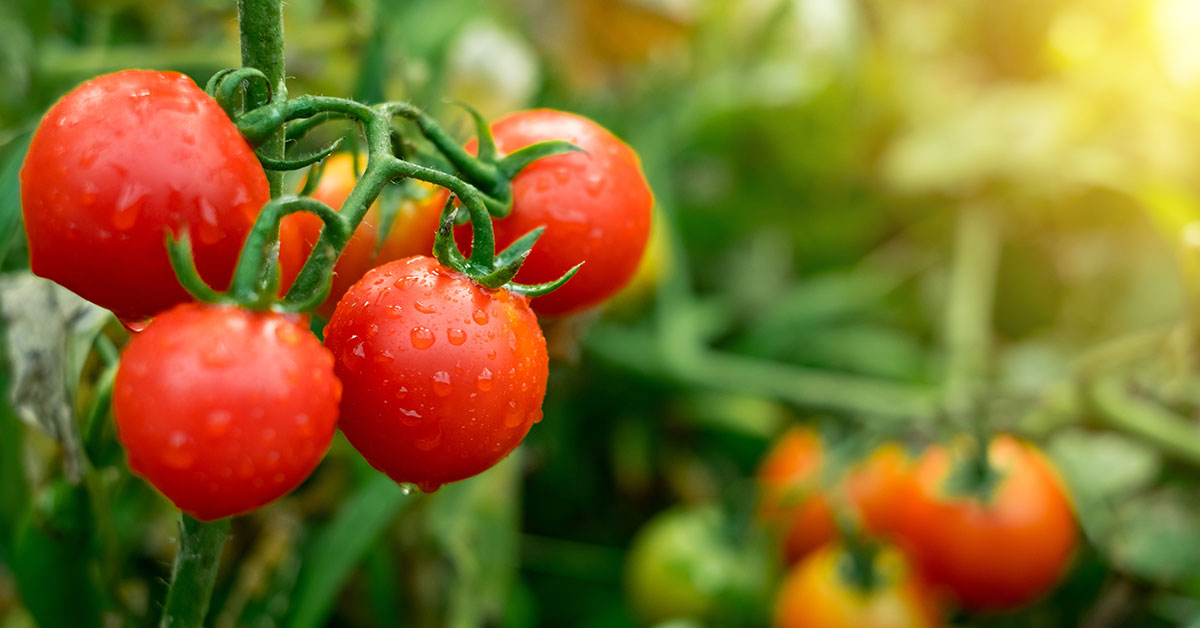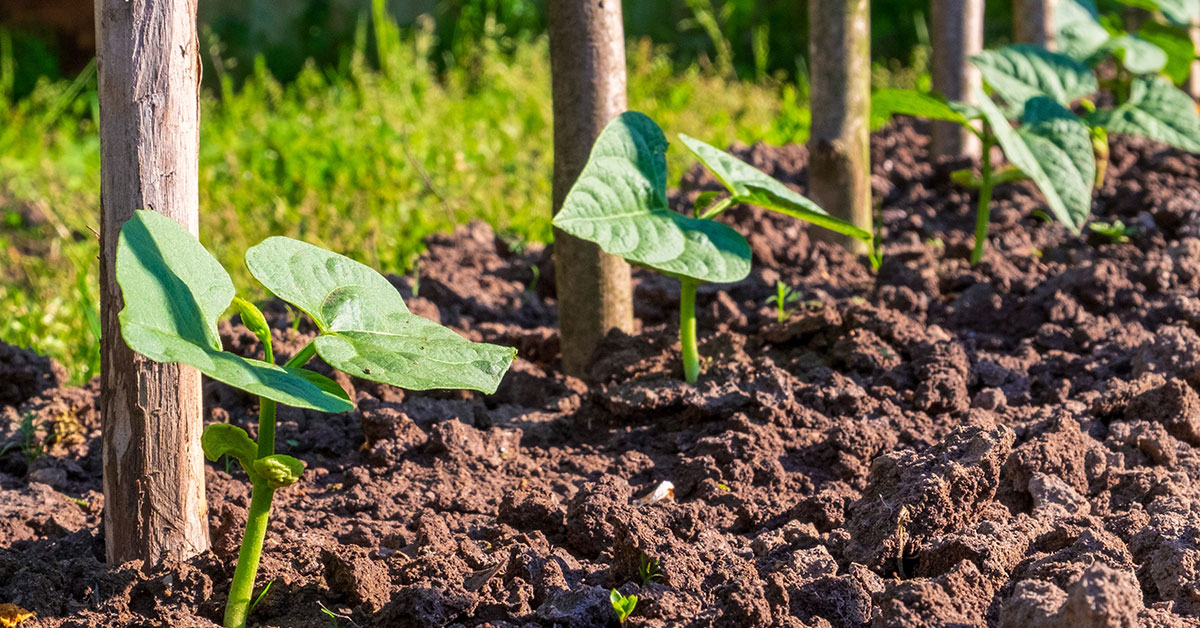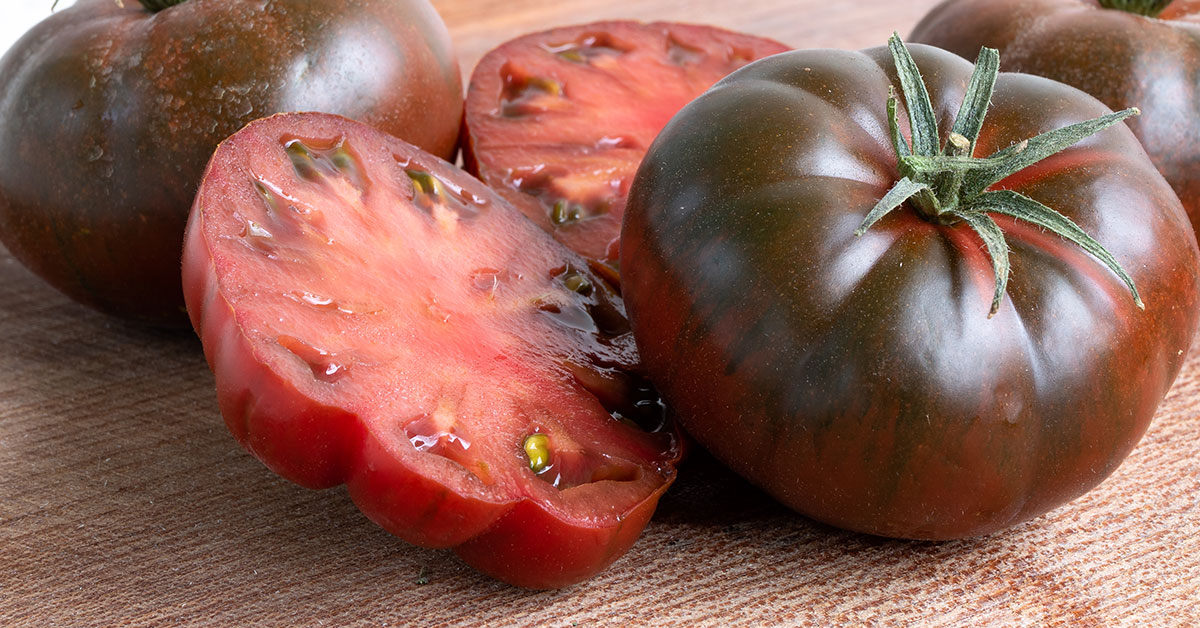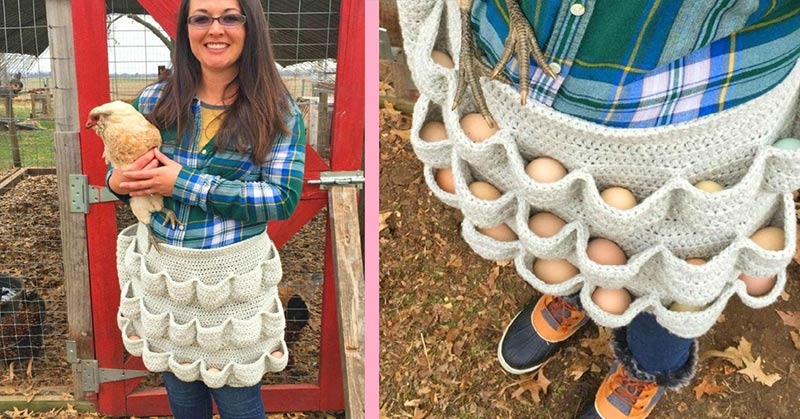Welcome to our comprehensive guide on planting apple trees in California! As a gardening expert with specific knowledge of apple tree cultivation, we understand the importance of timing when it comes to successful fruit production.
California’s diverse climate offers a unique opportunity for apple tree enthusiasts, as the state encompasses a wide range of microclimates, each with its own optimal planting season. In this article, we will delve into the factors that influence the ideal time to plant apple trees in different regions of California, including considerations such as temperature, chilling hours, and frost dates.
Whether you are a seasoned gardener or a beginner looking to embark on a fruitful journey, our insights will help you make informed decisions and maximize the potential of your apple tree harvest. So, let’s dive in and discover the perfect timing for planting apple trees in the Golden State!
Best apple varieties to grow in California
In California, several apple varieties thrive due to the state’s diverse climate and growing conditions. Here are some apple varieties that are known to grow well in California:
- Gala: Gala apples are one of the most popular apple varieties in California. They are known for their crisp texture, sweet flavor, and attractive red and yellow skin.
- Fuji: Fuji apples are another widely grown variety in California. They have a sweet and juicy flavor with a crunchy texture. Fuji apples are excellent for eating fresh and also store well.
- Granny Smith: Granny Smith apples are known for their tart flavor and bright green skin. They are a popular choice for baking and cooking due to their firm texture and ability to hold their shape.
- Pink Lady: Pink Lady apples, also known as Cripps Pink, are a late-season variety that grows well in California. They have a unique sweet-tart flavor and a crisp texture. Pink Lady apples are excellent for eating fresh and also work well in salads and desserts.
- Golden Delicious: Golden Delicious apples are a classic variety that grows well in California. They have a sweet and mellow flavor with a crisp texture. Golden Delicious apples are versatile and can be used for eating fresh, baking, or making applesauce.
- Braeburn: Braeburn apples are known for their complex flavor profile, combining sweet and tart notes. They have a firm and crisp texture, making them suitable for eating fresh or using in cooking and baking.
It’s important to note that specific apple varieties may perform differently depending on the microclimate and growing conditions within California. It’s always a good idea to consult with local nurseries or agricultural extension offices for more specific recommendations based on your location within the state.
When to plant apple trees in California
In California, the best time to plant apple trees varies depending on the specific hardiness zone. Here are the recommended planting times for each zone:
- Coastal Areas (Zone 9-10): The ideal time to plant apple trees in coastal areas is during the late winter or early spring, typically between January and March. This allows the trees to establish their root systems before the warm summer months.
- Central Valley (Zone 8-9): In the Central Valley, it is best to plant apple trees during the late winter or early spring as well, similar to coastal areas. Planting between February and March is recommended to take advantage of the cooler temperatures and ample rainfall.
- Foothills and Mountain Regions (Zone 7-8): These areas experience colder winters, so it is advisable to plant apple trees in late winter or early spring when the ground is no longer frozen. The best time to plant is usually between February and April, depending on the specific elevation and local climate.
It is important to note that these are general guidelines, and local weather conditions can vary. It is always recommended to check with local nurseries or agricultural extension offices for more specific information about the best planting times in your particular area.
How to grow apple trees in California
Growing apple trees requires careful planning and attention to detail. Here are the steps and considerations to keep in mind:
- Selecting the Right Variety: Choose apple tree varieties that are suitable for your climate and growing conditions. Consider factors such as chilling requirements, disease resistance, and desired fruit characteristics.
- Site Selection: Apple trees require full sun (at least 6-8 hours of direct sunlight per day) and well-drained soil. Avoid low-lying areas prone to frost or excessive moisture. Ensure there is enough space for the tree to grow and spread its branches.
- Soil Preparation: Prepare the soil by removing weeds, rocks, and debris. Test the soil pH and fertility levels and make necessary amendments to achieve a pH range of 6.0-7.0. Incorporate organic matter like compost or well-rotted manure to improve soil structure and fertility.
- Planting: Dig a hole that is wide and deep enough to accommodate the tree’s root system. Place the tree in the hole, ensuring the graft union (the swollen area where the tree was grafted onto the rootstock) is above the soil line. Backfill the hole with soil, firming it gently around the roots. Water thoroughly after planting.
- Pruning: Pruning is essential for shaping the tree, promoting airflow, and removing diseased or damaged branches. Prune during the dormant season (late winter or early spring) to encourage vigorous growth and fruit production.
- Watering: Provide regular and deep watering, especially during dry periods. Water at the base of the tree, avoiding wetting the foliage. Mulching around the tree helps retain soil moisture and suppress weeds.
- Fertilization: Apply a balanced fertilizer in early spring before new growth begins. Follow the recommended application rates based on soil test results or general guidelines for apple trees. Avoid excessive nitrogen fertilization, as it can lead to excessive vegetative growth at the expense of fruit production.
- Pest and Disease Management: Monitor the tree regularly for pests like aphids, codling moths, and apple maggots. Use organic or chemical controls as necessary. Implement disease management practices, including regular inspections for diseases like apple scab, fire blight, and powdery mildew. Apply appropriate fungicides or use disease-resistant varieties.
- Thinning: Thin the developing fruit during the early stages to ensure better fruit size, quality, and reduce the risk of limb breakage. Leave only one or two fruits per cluster, spacing them evenly along the branches.
- Harvesting: Harvest apples when they reach the desired size, color, and flavor. Different apple varieties have different maturity times, so refer to specific guidelines for each variety. Twist or gently lift the fruit to detach it from the tree.
Remember, growing apple trees requires patience as they take several years to reach full fruit production. Regular care, maintenance, and proper management practices will ensure healthy and productive apple trees in the long run.
When to harvest apples in California
In California, the timing for picking apples can vary depending on the specific apple variety and the region within the state. However, as a general guideline, apple harvesting typically begins in late summer and continues through the fall months.
To determine the best time to pick apples, it is important to consider the maturity and ripeness indicators for each apple variety. These indicators include changes in color, firmness, and taste. It is recommended to consult with local agricultural extension services, nurseries, or experienced apple growers in your specific region for more accurate and detailed information on the optimal harvest time for different apple varieties in California.
Common apple tree problems and fixes
There are several common problems that apple trees may encounter during their growth. Here are a few of them along with their potential fixes:
- Pest infestation: Common pests that affect apple trees include aphids, codling moths, apple maggots, and mites. To address this issue, you can use insecticidal soaps or horticultural oils to control aphids and mites. For codling moths and apple maggots, you can use pheromone traps or apply insecticides at specific times during the growing season.
- Fungal diseases: Apple trees are susceptible to fungal diseases such as apple scab, powdery mildew, and cedar apple rust. To prevent these diseases, ensure proper air circulation by pruning the tree to allow sunlight penetration and reduce humidity. Applying fungicides during the appropriate times can also help control fungal infections.
- Nutrient deficiencies: Apple trees require specific nutrients for healthy growth. Common deficiencies include nitrogen, phosphorus, and potassium. Conduct a soil test to determine the nutrient levels and apply appropriate fertilizers accordingly. Organic options like compost or well-rotted manure can also help improve soil fertility.
- Poor fruit set: If your apple tree is not producing an adequate number of fruits, it may be due to inadequate pollination. Encourage pollinators like bees by planting flowering plants nearby. Additionally, consider planting multiple apple tree varieties that bloom at the same time to enhance cross-pollination.
- Watering issues: Over or under-watering can cause stress to apple trees. Ensure the tree receives sufficient water, especially during dry periods, without waterlogging the roots. Mulching around the base of the tree can help retain moisture and regulate soil temperature.
- Sunburn: Excessive exposure to direct sunlight can cause sunburn on apple tree bark and fruit. Protect the trunk with tree wraps or paint, and thin out the canopy to provide some shade for the fruit.
Remember, prevention is key to maintaining healthy apple trees. Regular monitoring, proper pruning, and good cultural practices such as maintaining cleanliness and removing fallen leaves can go a long way in preventing many problems.













